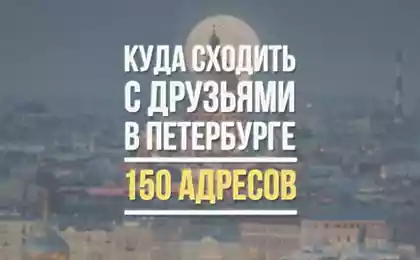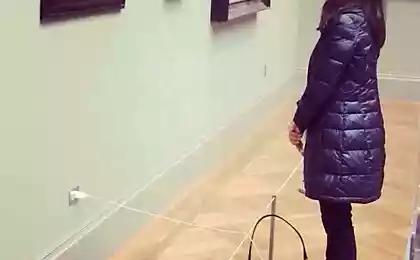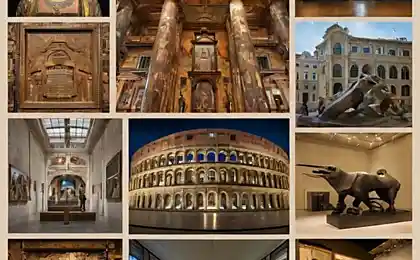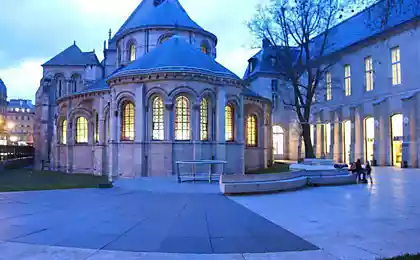844
Museum of Transport
Central Railway Museum
St. Petersburg, Sadovaya street, 50
60 photos via

02. In the foyer of the museum made a small installation on the theme of railways.
For example, modern station, well, just from the standpoint of modern times, when the song was done.

03. Trading Station before the revolution.

04. It paved the way in the days of steam locomotives.

05. Workplace assistant station. Most likely, the post-revolutionary period, according to the combination of the headdress and the phone.
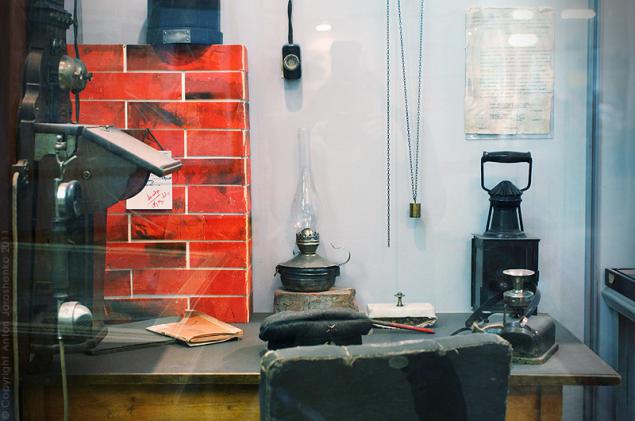
06. Well, we go to the same locomotives.
The composition of the Tsarskoye Selo railway. Steam locomotive.

07. The first-class carriage.

08. The second class coaches.

09. The third-class carriage.

10. Wagon for carriage.

11. Presented a few models of steam locomotives of the early period.

12. The passenger locomotive. This locomotive can reach speeds of 60 km / h. Power steering steam locomotive of 150 hp

13. Metal Friedman articulated arm system. He served for the transfer of water from the boiler tender.

14. The steam locomotive in the section.

15. The locomotives of this type were made Kolomna Plant in the late nineteenth century.

16. Freight locomotive. The speed of the locomotive 37 km / h. Power 420 hp These locomotives were built at the plant in Vienna Siegl.

17. You can also explore the cars of yesteryear.

18. Biaxial wagon for coal. Used on domestic railways from 1861 to 1886 years.

19. And here is an interesting coach. The first such cars had no heating system. Passengers seated closest to the outputs simply gave out blankets to wrap up in them. Then the heating system is the next scheme. Under the seat, put the station on hot bricks, and the stations can be under your seat to replace the bricks already surcharge.
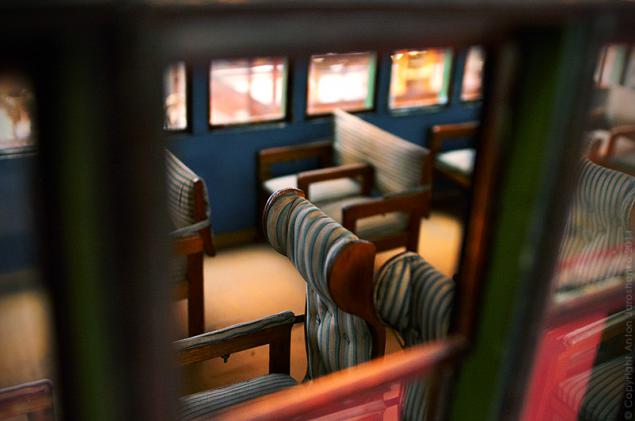
20. This coupe distance train.

21. Although the level of the class, but rather a reserved seat compared to the current division into classes of cars.
Generally essentially the lowest level carriages sectional looked so.
Expanding this bench, climbed to three, four, together with suckling pig, in general, with all belongings and skotinkoy and went, what do you think. Ride in a reserved seat? So you went to the nineteenth century.

22. Well, no, not so did not go puzhaytes were, of course, and a compartment for the more affluent.

23. Very funky layout composition of Siberian train direct message.

24. The model perfectly reflects the device different cars as part of the train.

25. Seats.

26. Coupe.

27. Vagon - Salon

28. Beauty.

29. Let us, perhaps, the old formulations to the engineering side of the railway.
Model railway bridge

30. Models of the museum affect quality and detail.
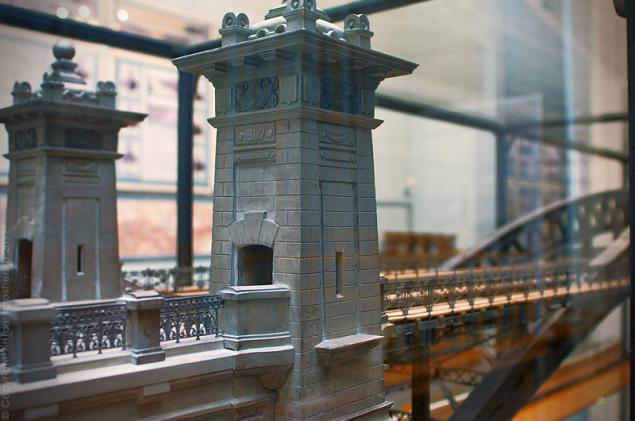
31. Compositions as transport and ferries.
The steam icebreaker ferry to transport train on the lake, built in 1896.
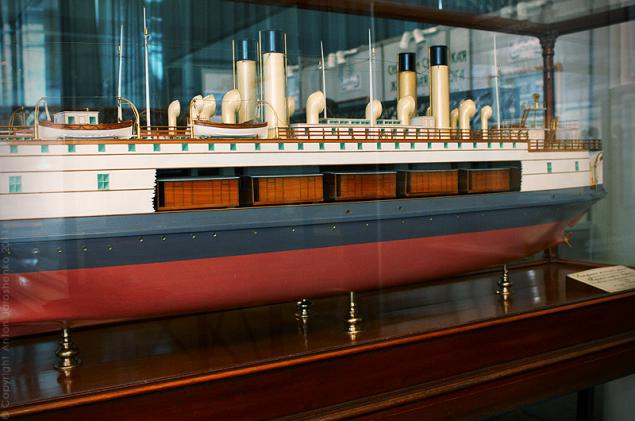
32. And what is the railway museum without selling dildo.

33. The rail joints on weight.

34. The rail joints on double sleepers.

35. Model butt fastening rails type R - 65

36. Mounting the rails to the sleepers.
Split wood screw-in terminal C. Bond brand

37. Bonding with solidly embedded in the tie flanges.

38. Bonding with embedded bolts and terminal type RN.

39. Arrow.

40. Ballastirovachnaya machine type B-5. It applies to domestic railways since 1934.

41. I have already said that the models in the museum made very high quality and very detailed, but did not restrain myself not to show the toolbox on the basis of the machine itself, like this love for prototyping business modelers.
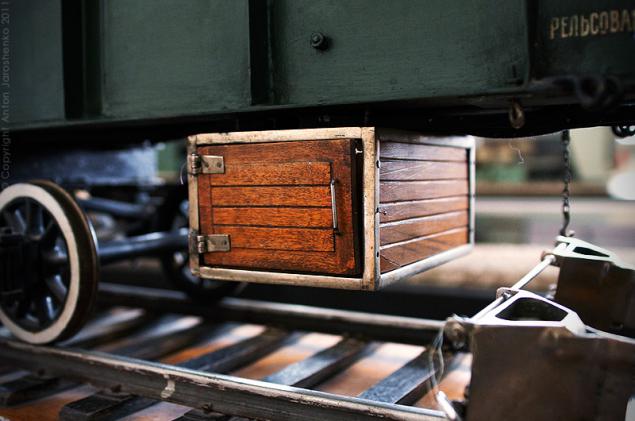
42.
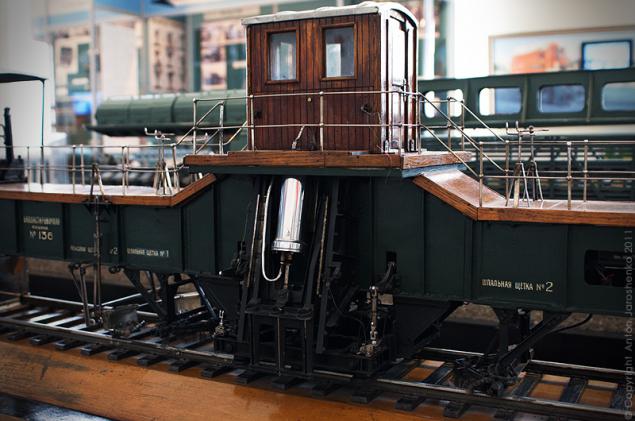
43. The brakes on the hump.

44. Layout hump acting.
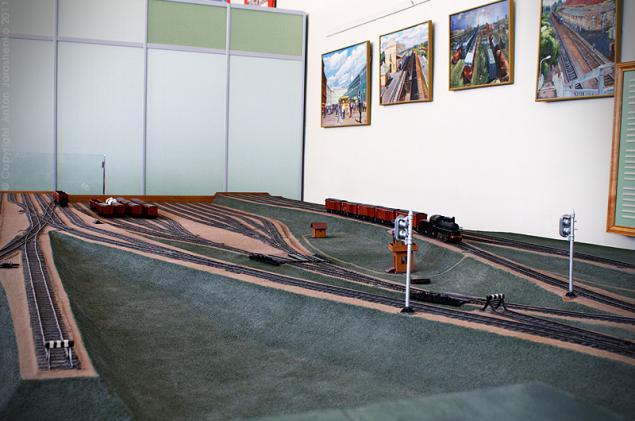
45. Shut your trap.

46. Models of locomotives, almost modern.
Two-piece freight electric locomotive VL80. The speed of 110 km / h, the power of 8400 hp These locomotives were built in 1963.

47. The two-section cargo electric locomotives VL85. The speed of 110 km / h, the power of 13,600 hp Built in 1983.

48. I still remember those trains.
Electric ER10. The speed of 130 km / h. Built in 1960 Riga Carriage Works.

49. The four storey passenger car with a dome for viewing the area experienced. Build a car in 1965, the Leningrad plant named Egorova. As far as I know beyond a prototype car that has not moved.

50. Cistern.

51. SA3 coupler. Designed in 1935. It used until now.

52. Another section of the museum is represented by compartment car, which in Soviet times, most likely drove the chairmen of the Politburo. From the appearance of the exhibit in the museum, in themselves coupe none came. Visitors are not allowed into the compartment. All looked into the compartment through the transparent door, walking down the corridor of the car. But we can open many doors, even door coupe representatives of the Politburo.
Such is the sofa and chair in the compartment.

53. Between the two compartments located shower. The shower representatives of the museum never looked stupidly could not open it.

54. But, as is to visit the compartment for general secretaries and does not go in the shower. The common efforts of the shower failed to open.

55. The decor in this car.

56. Velvet curtains.
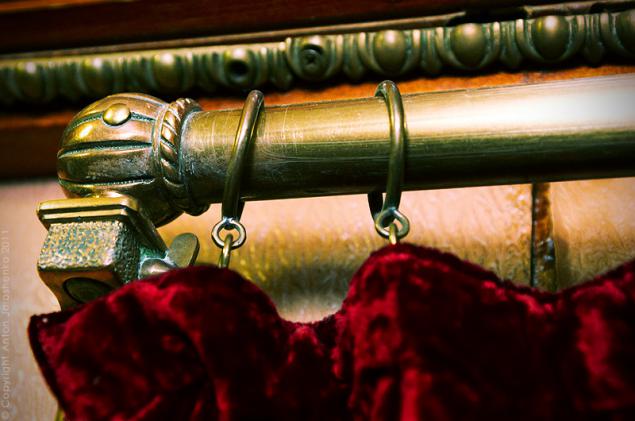
57. The museum shop is full of happiness for the fans of railway models.

58.

59.
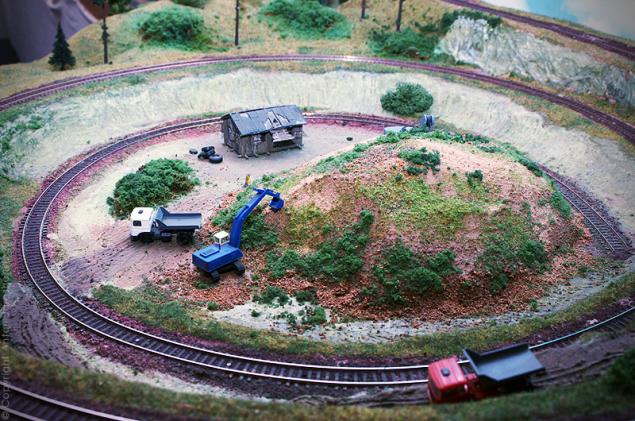
60. Even earoekspressa model can be purchased.

Source:
St. Petersburg, Sadovaya street, 50
60 photos via

02. In the foyer of the museum made a small installation on the theme of railways.
For example, modern station, well, just from the standpoint of modern times, when the song was done.

03. Trading Station before the revolution.

04. It paved the way in the days of steam locomotives.

05. Workplace assistant station. Most likely, the post-revolutionary period, according to the combination of the headdress and the phone.

06. Well, we go to the same locomotives.
The composition of the Tsarskoye Selo railway. Steam locomotive.

07. The first-class carriage.

08. The second class coaches.

09. The third-class carriage.

10. Wagon for carriage.

11. Presented a few models of steam locomotives of the early period.

12. The passenger locomotive. This locomotive can reach speeds of 60 km / h. Power steering steam locomotive of 150 hp

13. Metal Friedman articulated arm system. He served for the transfer of water from the boiler tender.

14. The steam locomotive in the section.

15. The locomotives of this type were made Kolomna Plant in the late nineteenth century.

16. Freight locomotive. The speed of the locomotive 37 km / h. Power 420 hp These locomotives were built at the plant in Vienna Siegl.

17. You can also explore the cars of yesteryear.

18. Biaxial wagon for coal. Used on domestic railways from 1861 to 1886 years.

19. And here is an interesting coach. The first such cars had no heating system. Passengers seated closest to the outputs simply gave out blankets to wrap up in them. Then the heating system is the next scheme. Under the seat, put the station on hot bricks, and the stations can be under your seat to replace the bricks already surcharge.

20. This coupe distance train.

21. Although the level of the class, but rather a reserved seat compared to the current division into classes of cars.
Generally essentially the lowest level carriages sectional looked so.
Expanding this bench, climbed to three, four, together with suckling pig, in general, with all belongings and skotinkoy and went, what do you think. Ride in a reserved seat? So you went to the nineteenth century.

22. Well, no, not so did not go puzhaytes were, of course, and a compartment for the more affluent.

23. Very funky layout composition of Siberian train direct message.

24. The model perfectly reflects the device different cars as part of the train.

25. Seats.

26. Coupe.

27. Vagon - Salon

28. Beauty.

29. Let us, perhaps, the old formulations to the engineering side of the railway.
Model railway bridge

30. Models of the museum affect quality and detail.

31. Compositions as transport and ferries.
The steam icebreaker ferry to transport train on the lake, built in 1896.

32. And what is the railway museum without selling dildo.

33. The rail joints on weight.

34. The rail joints on double sleepers.

35. Model butt fastening rails type R - 65

36. Mounting the rails to the sleepers.
Split wood screw-in terminal C. Bond brand

37. Bonding with solidly embedded in the tie flanges.

38. Bonding with embedded bolts and terminal type RN.

39. Arrow.

40. Ballastirovachnaya machine type B-5. It applies to domestic railways since 1934.

41. I have already said that the models in the museum made very high quality and very detailed, but did not restrain myself not to show the toolbox on the basis of the machine itself, like this love for prototyping business modelers.

42.

43. The brakes on the hump.

44. Layout hump acting.

45. Shut your trap.

46. Models of locomotives, almost modern.
Two-piece freight electric locomotive VL80. The speed of 110 km / h, the power of 8400 hp These locomotives were built in 1963.

47. The two-section cargo electric locomotives VL85. The speed of 110 km / h, the power of 13,600 hp Built in 1983.

48. I still remember those trains.
Electric ER10. The speed of 130 km / h. Built in 1960 Riga Carriage Works.

49. The four storey passenger car with a dome for viewing the area experienced. Build a car in 1965, the Leningrad plant named Egorova. As far as I know beyond a prototype car that has not moved.

50. Cistern.

51. SA3 coupler. Designed in 1935. It used until now.

52. Another section of the museum is represented by compartment car, which in Soviet times, most likely drove the chairmen of the Politburo. From the appearance of the exhibit in the museum, in themselves coupe none came. Visitors are not allowed into the compartment. All looked into the compartment through the transparent door, walking down the corridor of the car. But we can open many doors, even door coupe representatives of the Politburo.
Such is the sofa and chair in the compartment.

53. Between the two compartments located shower. The shower representatives of the museum never looked stupidly could not open it.

54. But, as is to visit the compartment for general secretaries and does not go in the shower. The common efforts of the shower failed to open.

55. The decor in this car.

56. Velvet curtains.

57. The museum shop is full of happiness for the fans of railway models.

58.

59.

60. Even earoekspressa model can be purchased.

Source:
